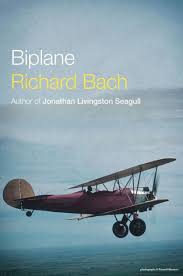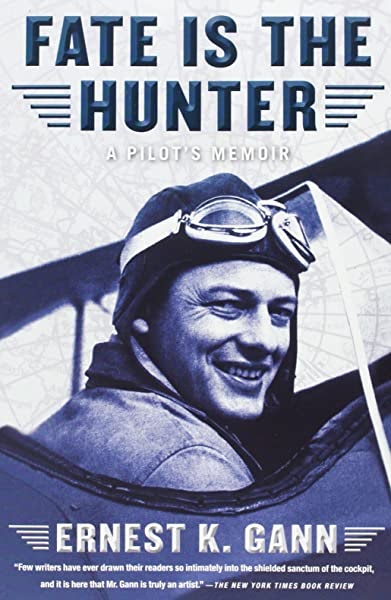Detroit-Ryan Speedster as Muse
Do you know about Jonathan Livingston Seagull? Read the book or watched the movie? It was a massive phenomenon in the first half of the 1970s. A short allegorical novella about a bird’s flight and self-realization may sound like an unlikely best-seller, but one never knows what sticks and what does not. While I never quite understood its popularity, I read it as a real cultural phenomenon.
The book’s author, Richard Bach, wrote many other things – fiction and non-fiction. Several of his works were quite popular, making him one of the best selling authors of the period. When I was recommended an early Bach book, penned before he became so well-known, I decided to give it a try. Less allegorical and more a straight up personal account, Biplane was published in 1966. A short book, it offers insight into Bach, his passions and his thinking.
Flying has been absolutely central to Bach’s life. He took his first flight at the age of 14, and he later becoming a military pilot. He flew for the US Naval Reserve, the NJ Air National guard, and for the US Air Force. Bach flew military planes and personal planes for pleasure. Obsessed with flying, Bach worked for Douglas Aircraft and he edited Flying magazine. In the early 1960s, Bach owned a recently rebuilt Fairchild 24 aircraft. It is a reliable single-engine four-seat plane, often used for training and light transport. Bach traded it for a 1929 Detroit-Ryan Speedster, Parks P2A, an old-time biplane. How old? It did not even have a radio. The move was not an upgrade but rather a conscious commitment to a different kind of flying. Biplane is about the trade and Bach’s subsequent flight across the country, from New Jersey to California.
Flying is much more than a means of transportation for Bach. He philosophizes, goes on at length about it and the ways that it makes him think about the world, for flying energizes his creativity. Bach’s mind is never at rest – or at least in Biplane, it does not take much of a break. He is fully engaged, meets people on the journey, considers the land, the communities, and the very act of flying a vintage machine. The Detroit-Ryan Speedster was not an easy plane to fly. In fact, it is the kind of machine that demands constant attention. The very difficulties attracted Bach to the biplane. As he learns more about the aircraft, how to fly it and what it can and cannot do, he fills us in on how one thinks as a pilot.
My favorite line in the book encapsulates Bach’s themes: many people travel by airplane but few know what it is to fly. Biplane helps the reader know what it is to fly. It gives you a deep appreciation of aviation.
David Potash

